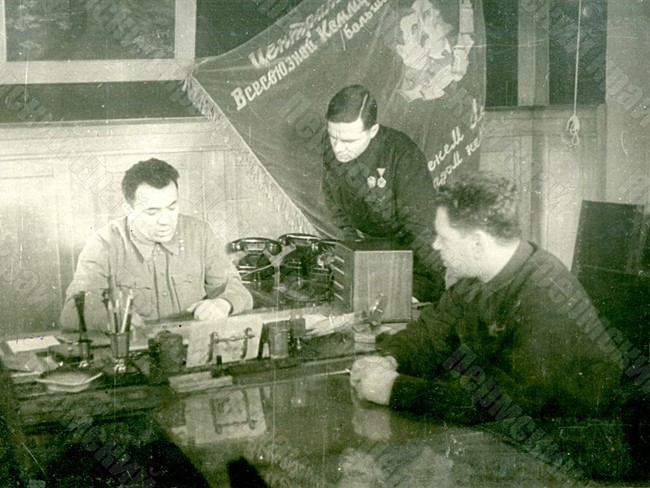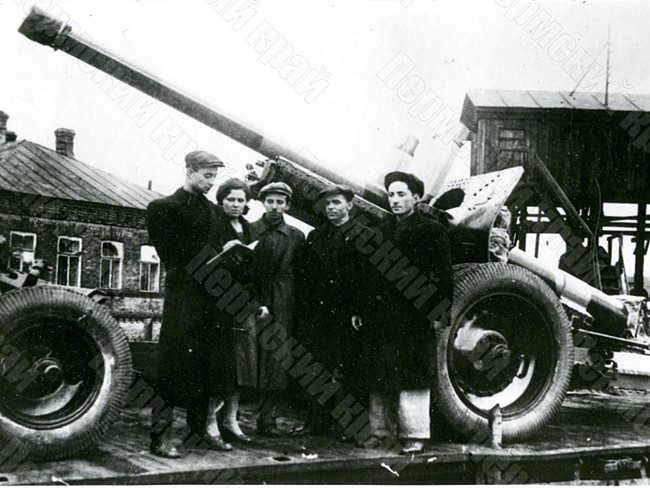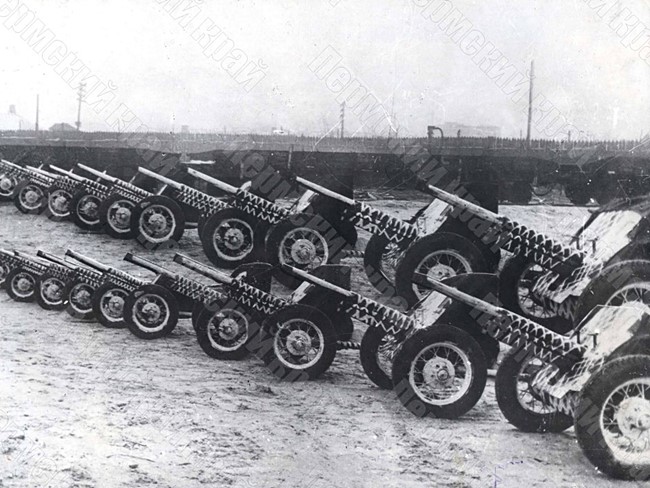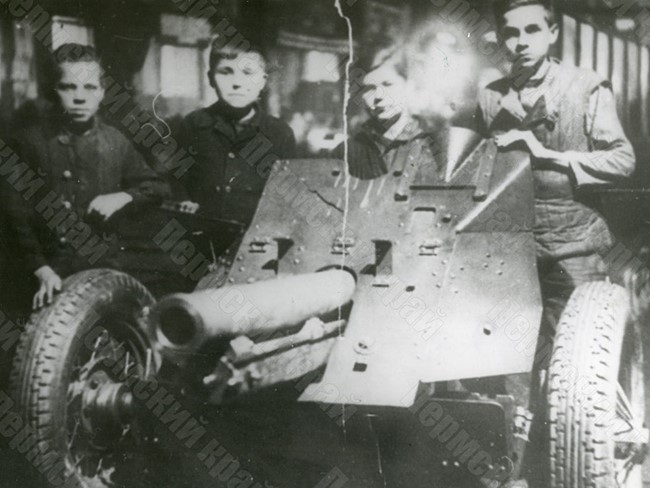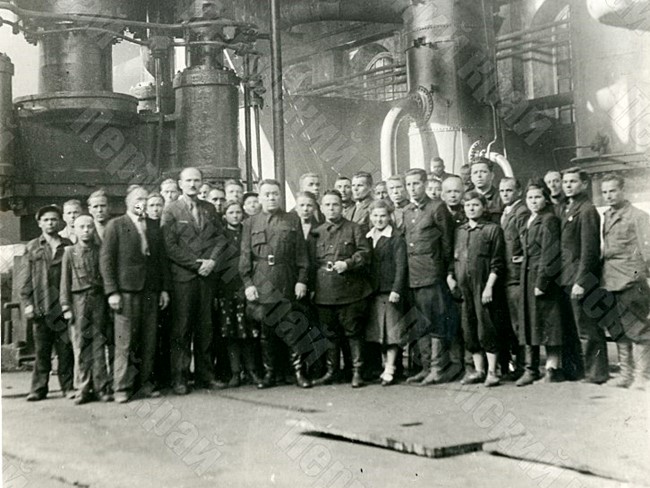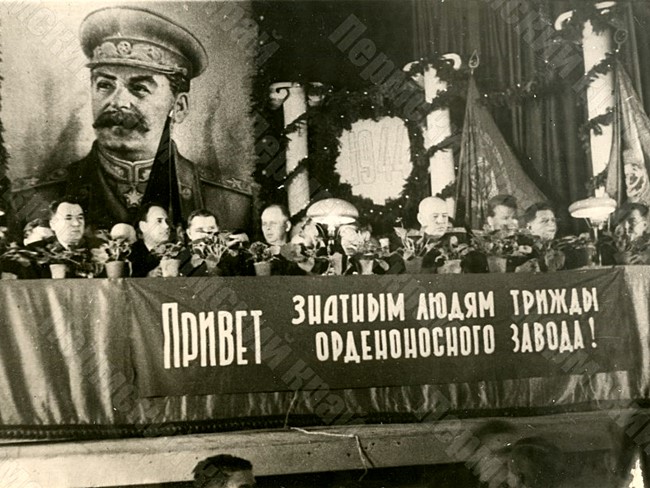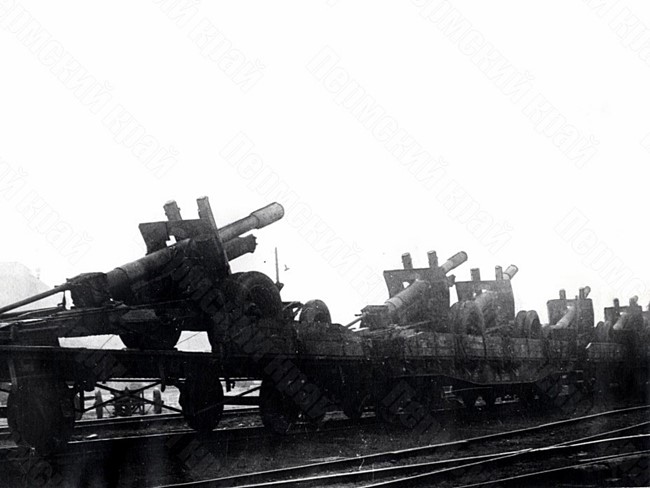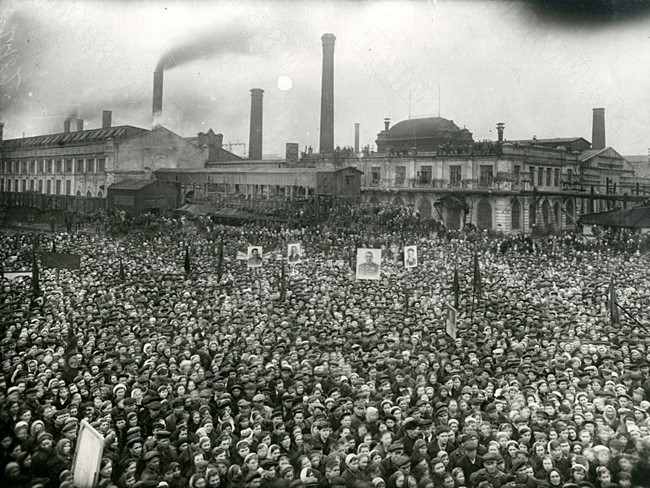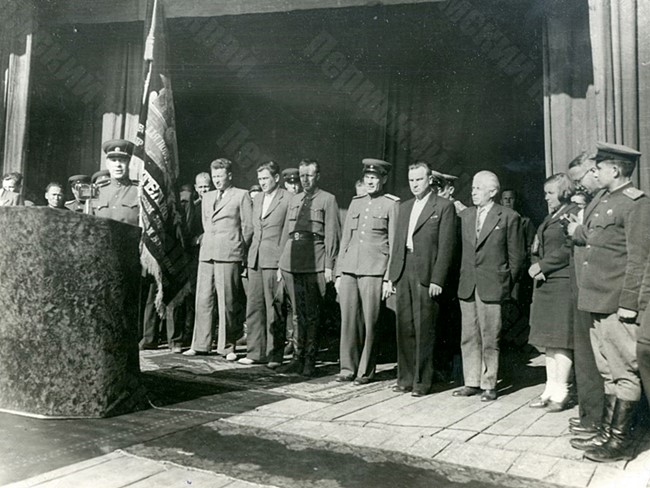Personal Stories
The Story of Sergei Gurenko - Chief Designer of the Molotov plant No.172
On December 3, 1942, Sergei Gurenko, Chief Designer at Molotov Plant No. 172 was called urgently to the office of Abram Bykhovsky, Director of the Plant. Abram Bykhovsky informed Sergei Gurenko that he had just had a telephone conversation with the USSR People’s Commissar for Armaments, Dmitri Usti-nov, who had notified the leadership of the Molotov Plant No.172 about the State Defense Committee’s decision to begin production of the USSR’s first heavy self-propelled gun capable of penetrating the armor of any German tank and of destroying enemy fortifications. Bykhovsky tasked Gurenko with pre-paring a proposal for such a self-propelled gun as soon as possible. He also stressed that the timescale for project implementation would be very tight.
Sergei Gurenko was very soon given the text of the State Defense Committee’s resolution Bykhovsky had mentioned. It required the development of a heavy self-propelled gun based on the KV tank in the shortest possible time, and Molo-tov Plant No. 172 was charged with developing the armament for the gun. Hav-ing worked out various options for the armament for the planned self-propelled gun, Gurenko concluded that the best armament for such a vehicle would be the 152mm МЛ-20 howitzer gun being produced at Molotov Plant No. 172.
On January 1, 1943, Sergei Gurenko received a phone call from Dmitri Ustinov, the USSR People’s Commissar for Armaments, who ordered him to fly immedi-ately to Chelyabinsk. There, together with the Design Bureau of the Chelyabinsk Tractor Plant and the Kirov Experimental Machine-Building Plant No. 185 which had been evacuated to the Urals from Leningrad, he was to develop the final de-sign of the new self-propelled gun. The deadline was just twelve days away.
Gurenko went to Chelyabinsk and began work immediately on the self-propelled gun design with designers Josef Kotin and Fyodor Petrov. The work was ex-tremely complex. Chelyabinsk designers had twice attempted to design a heavy self-propelled gun before - both times they had failed.
Sergei Gurenko and his colleagues worked day and night and hardly had any rest. The USSR People’s Commissar for Armaments, Dmitri Ustinov telephoned on a regular basis to ask how work on the project was progressing.
Within eleven days Gurenko and his comrades developed a design for a heavy self-propelled gun and Gurenko flew to Molotov with the technical drawings of the armament for the gun. As soon as he arrived, work on manufacturing a pro-totype began at lightning speed. In ten days, the prototype was ready and passed factory trials and was subsequently sent to Chelyabinsk accompanied by Gurenko and the Director of the Molotov Plant No.172, Bykhovsky. In Chelya-binsk, the prototype was installed on the gun’s body built by the Chelyabinsk Tractor Plant and the heavy artillery gun then underwent testing. This showed that the product met all the requirements laid down. This is how the heavy self-propelled gun was developed, and later it proved itself on the fronts of the Great Patriotic War.
Thus, in record time from the chief designer being given the order to production starting, the “Beast Slayer” was produced, so-called because it precisely and effi-ciently destroyed the best-protected German tanks: “Panther” and “Tiger”.
Gurenko was awarded the Stalin Prize (1st degree) in 1943 for his work on the de-sign of the SU-152 self-propelled gun.
A Word about Motovilikha. Years. Events. People.” Perm, 1974. Pages 520-521.
Nytva
Molotov (Perm)
Solikamsk
